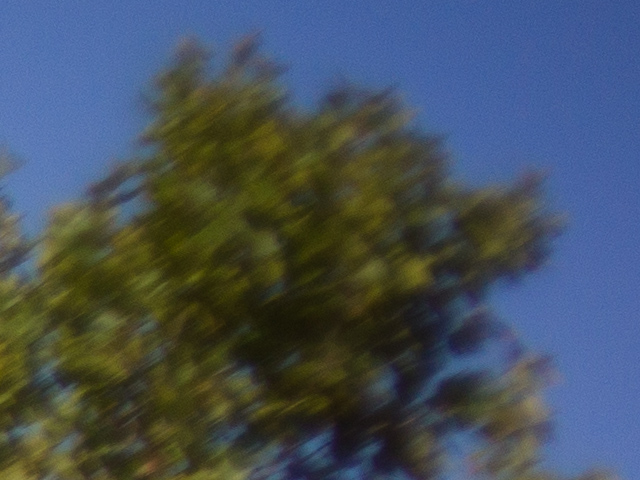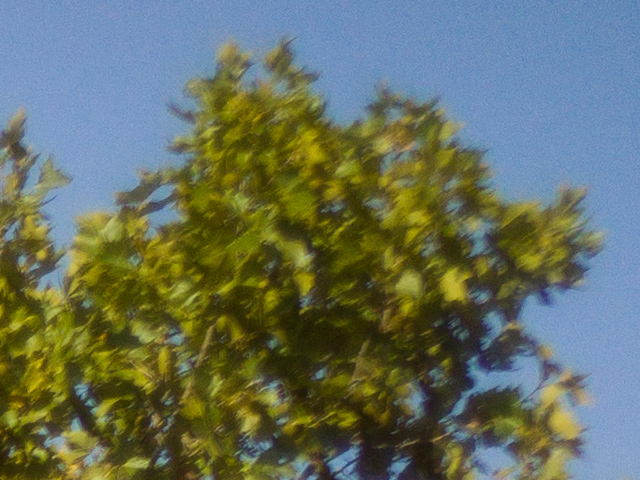ErikKaffehr
Well-known member
Hi,
Kolari Vision offers a modfication for the A7II, replacing the sensor cover glass. This improves image quality with large baem angle Leica lenses. Jim Kasson has a couple of excellent articles on the issue:
Kolari Vision thin-stack mod on a7II — Zeiss 35mm/2 Biogon-M | The Last Word
Sony A7 Series Thin Filter Legacy Lens Upgrade - Kolari Vision
Best regards
Erik
Kolari Vision offers a modfication for the A7II, replacing the sensor cover glass. This improves image quality with large baem angle Leica lenses. Jim Kasson has a couple of excellent articles on the issue:
Kolari Vision thin-stack mod on a7II — Zeiss 35mm/2 Biogon-M | The Last Word
Sony A7 Series Thin Filter Legacy Lens Upgrade - Kolari Vision
Best regards
Erik


